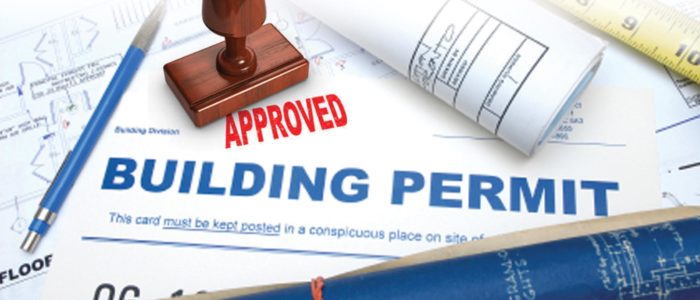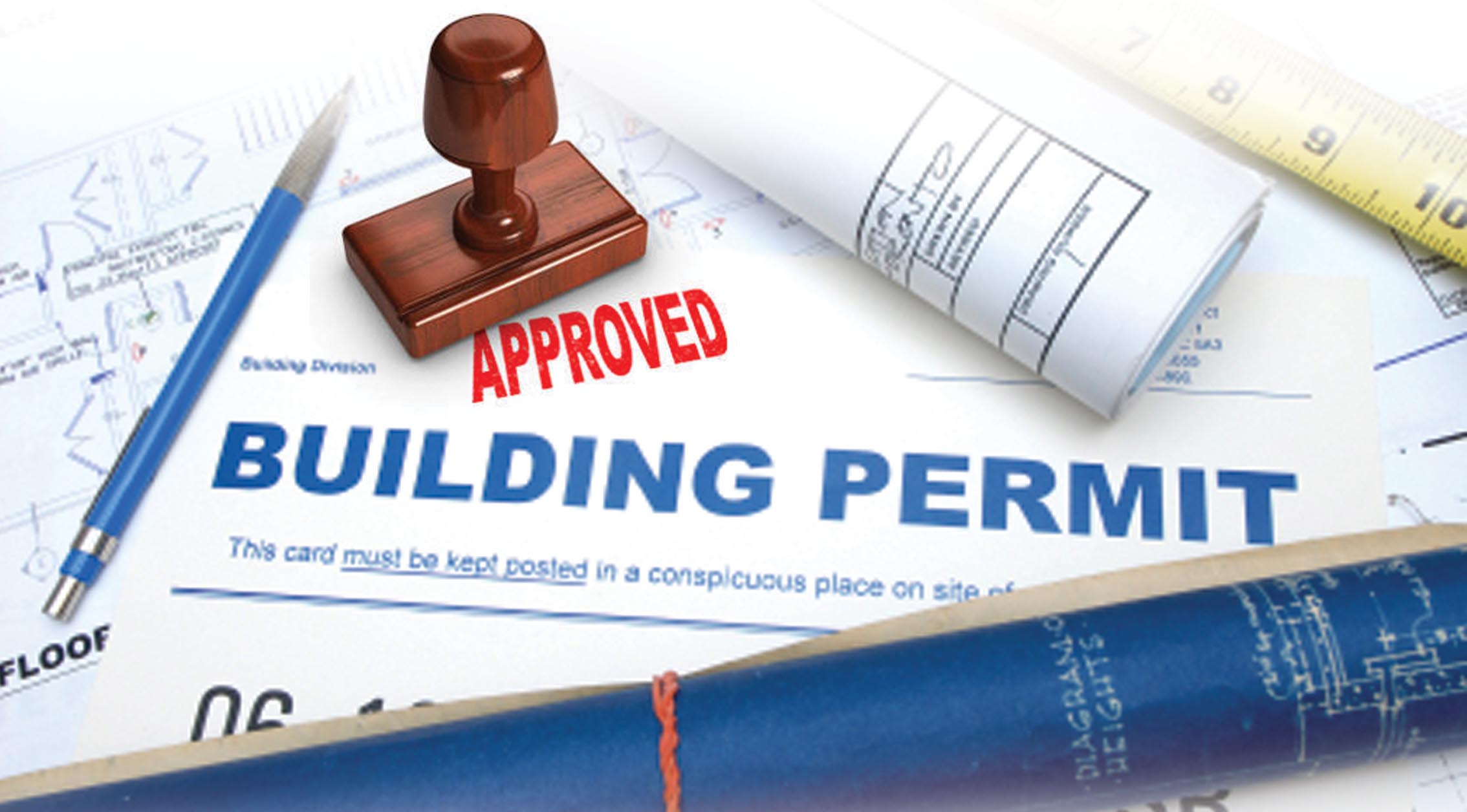What To Expect When You’re Expecting (Site Development): Part 1, Pre-Construction

Last week, I kicked off a new series all about site development. Through this series, I will dissect the site development process required when building a custom home and also give you tips on what to really expect. I want you to be well-informed and prepared for this process. We don’t claim to know it all, but we’ve seen quite a bit over the last 30+ years.
But first, 3 quick reminders…
#1 – for purposes of this blog series, I’m basing all my information on a 10,000 square foot lot, with an existing home (to be demolished) with existing public utilities, and located in Fairfax County.
#2 – I’m writing based on what I know, the day I’m writing. We work in a very fluid environment which means on any given day, things can change.
#3 – I’m doing my best. I don’t know everything and I can’t predict everything. But what I want to share with you is the experience of building over the last 30 years (18 years for me personally).

Today, I’m covering the site development activities that need to occur pre-construction (PC). This is the period of time between signing the contract to build a new home and the start of construction.
THE GRADING PLAN (GP)

Almost everything that happens on your site during construction is dependent on your grading plan. It details the house placement, grading, storm water management, utility locations, etc. The county will require you to submit the GP for review/approval before they issue the building permits.
I think the most important aspect of the GP is selecting the right site engineer to produce the plan for you. You want someone who is going to work with you to develop a plan that is right for you and your project (aesthetically and financially). What do I mean by that? Here is an example…
OWNER: I know my lot is completely flat, but I would like my new home to have a walkout basement (no stairs to get up to grade when exiting basement).
ENGINEER: OK.
ME: ????????????
What the engineer has failed to do for this owner, is to inform them of the implications of their request. Can a walkout be forced? Sure it can, but in most cases, forcing a walkout on a flat lot doesn’t make sense because you would have to raise the house out of the ground in order to achieve it. Some of the implications could be an excessive number of steps coming out your front door and exposed foundation wall on the front of the house (both will cost you more $$$ & change the look of your home).
I always say, work with what you have. Altering the grade too much will likely result in an unnatural looking finished product. You want your new home to look like it has always been there. This is a home we built in Great Falls last year. Do you see how the natural grade was used to achieve the walkout. This would not be possible on a flat lot!


Put yourself in good hands by finding a good site engineer!
COUNTY PERMITS

Once your grading plan and house plans are completed, you can submit for your county permits. The county permit process will vary depending on your location. No matter where you decide to build, you can expect the permitting process to be irritating (it’s like going to the DMV x100). I’ve written a lot about permits over the years (you can find a ton of information in this post). The best advice I can give you about permitting is this…
- Expect the county to reject your plans (although I recently told this to a client and the plans WEREN’T rejected…#murphyslaw).
- Hire a permit runner (they know what needs to be done + it will save you time and headaches = some of the best $$ you will spend).
UTILITY DISCONNECTS
The county will not issue the permits until all of the existing utilities to the old house are disconnected. What does this mean?
- POWER – the power company will physically disconnect power from the old house and provide a letter of disconnection.
- GAS – the gas company will physically disconnect gas from the old house and provide a letter of disconnection.
- SEWER – a sewer contractor will partially remove the sewer line from the old house and stub it out in the yard. The contractor will also need to clean out and video inspect the existing pipe (from the stub out to the main sewer line in the road). The county will review the inspection video and determine if the existing sewer line is suitable to be reconnected to the new home (NOTE: this is a new process for Fairfax County only).
- WATER – the water authority will disconnect water service from the old house.
The thing to remember about getting the utilities shut-off is that you have to be moved out of the house before you can request them. You certainly don’t want to move out of the house too soon, but you also don’t want to delay permit approval because the disconnects aren’t complete. Check out this post for some on tips on when to move out.
UNKNOWNS FOR THIS PHASE
SOIL TESTING. While there is little you can actually determine about soils before we dig for the new house, the county may require soil testing and reporting. Some lots will require a limited geotechnical report and some may require a full geotech report.
On a recent spec project, we had to have a full geotech report which revealed a high water-table. We had to incorporate some remediation into the GP, but we won’t know the severity and impact on building until we dig. At which point, all fingers and toes will be crossed.
BAD SEWER LINE. If the county determines that the existing sewer line from the property to the main in the street is not suitable, they will require you to replace the entire run of line (from the property to the main) when it is reconnected during construction. This could add $6-8K to the cost of running the sewer line.
WHAT TO BUDGET FOR THIS PHASE
- Grading Plan – approx. $10K (does not include geotech report – $3000-4500)
- Permits – $5500-7500 (does not include any bonds required by the county or VDOT, or re-submission fees)
- Permit Runner Fee – $1500
- Utility Disconnects – $2000 (includes descaling and video of existing sewer line)
The pre-construction phase of site development is important because proper planning will set the tone for the entire process.
I know all of this sounds like a lot. In some ways, it is. But don’t worry, we’ve got you covered. And we will use our expertise to help you through it every step of the way.
Dream Big. Build Smart.